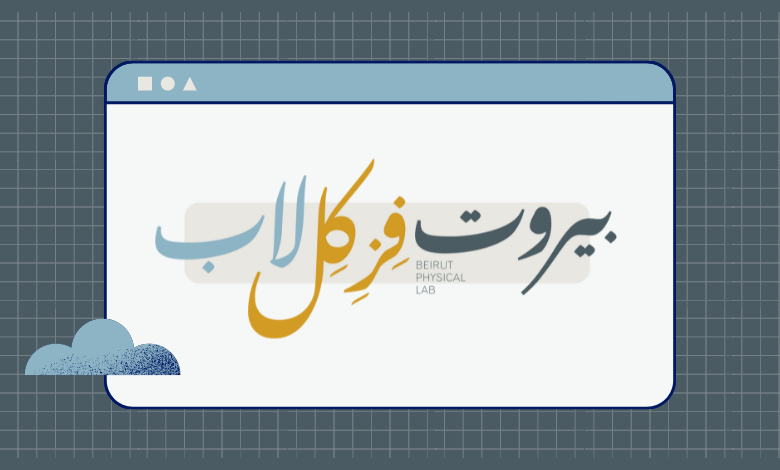Beirut Physical Lab is an independent organization that aims to develop the physical theater and contemporary dance scene in Beirut and its surroundings. Its objective is to support amateur and professional artists by creating a safe space to express themselves, work on their personal projects, and give them tools to develop their skills.

Beirut Physical Lab aims to become a hub for movement-based art and exploration. A focal point for local and international artists to connect, exchange ideas, and collaborate, fostering a rich and safe creative environment.
Who is Beirut Physical Lab?
Beirut Physical Lab is an independent organization that aims to develop the physical theater and contemporary dance scene in Beirut and its surroundings. Its objective is to support amateur and professional artists by creating a safe space to express themselves, work on their personal projects, and give them tools to develop their skills.
We empower artists to develop a discerning eye, engage in constructive conversations, and provide a judgment-free platform for growth.
Beirut Physical Lab offers diverse workshops for emerging performers and movement enthusiasts, fostering skill development, expanding our regional movement vocabulary, and promoting personal and collective growth.
Through collaborations with local and international artists, Beirut Physical Lab amplifies artistic voices, enriching Beirut’s cultural tapestry and enhancing appreciation for contemporary dance and physical theater. We aim to present a fresh perspective on these art forms in our local scene.
What do we do?
Workshops and Classes
We offer weekly contemporary dance classes focusing on technical and improvisation skills. By coming together regularly, dancers have the opportunity to move and grow together in a supportive and safe environment. We also organize workshops with established local and international professionals. The workshops offer advanced training and creative exploration for professional dancers/performers while also providing an open space for all practices to include movers enthusiasts that want to discover more the art of movement and connect with their bodies.
DanceLabs
In collaboration with local and international artists, we organize intensives that offer a range of durations, including short intensives lasting less than a month and longer ones that extend beyond a month. These intensive practices provide a valuable platform for emerging artists to refine their skills and learn from experienced professionals. During the intensives, participants engage in rigorous training and creative exploration, culminating in the creation of a performance. These performances are then showcased across Beirut and various locations in Lebanon, allowing the emerging artists to share their artistic expressions with a wider audience.
Performances
Performances are created in multiple ways. They can be the result of an intensive practice, our annual BeiRoot Bodies performance, guest performances and from artists within our community. Providing exposure for artists, a platform to showcase their art, and fostering a supportive and constructive environment for both performers and audience members, enriching the contemporary dance and physical theater scene.
Spaces
We aspire to establish and provide dedicated practice spaces for contemporary artists in Beirut— spaces that meets their specific needs and fosters creativity, collaboration, and growth. Providing a supportive environment for artists to develop their skills, create new work, and exchange ideas. We aim to provide artistic residencies, rental space for workshops and rehearsals, and hope to facilitate the growth of the local dance scene.
Festivals
Inviting local and international artists to contemporary/physical theater festivals. We seek to create a platform for diverse performances and expanding artistic experiences in Beirut. These festivals will offer networking opportunities for local and international artists, fostering collaborations and cultural exchanges.
Research and Exploration
At the core of our projects and creations are dance labs and movement research. We aim to explore movements that are rooted in our bodies, collective history, and everyday life. We embrace the richness of our cultural heritage and roots and integrate them into contemporary dance and physical theater.